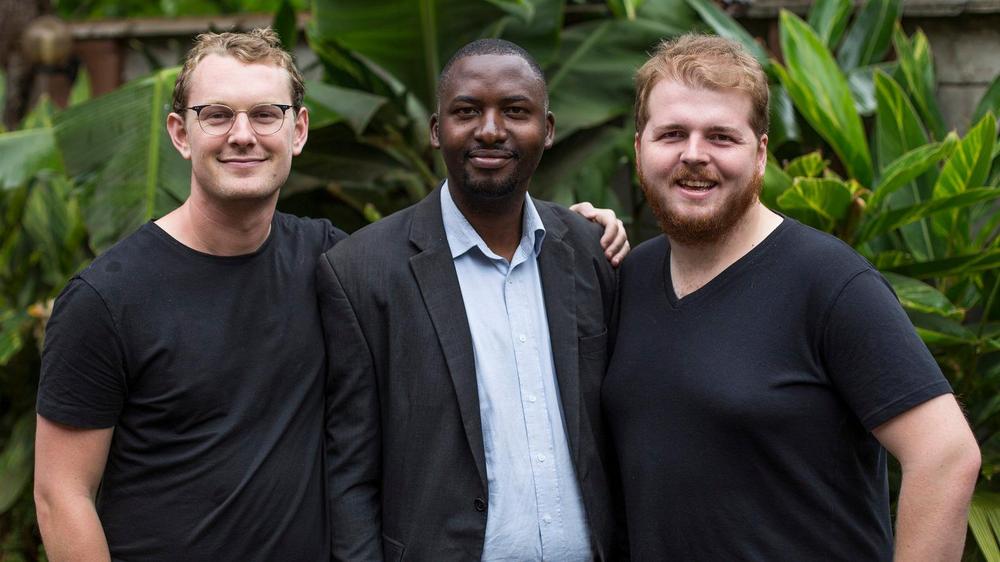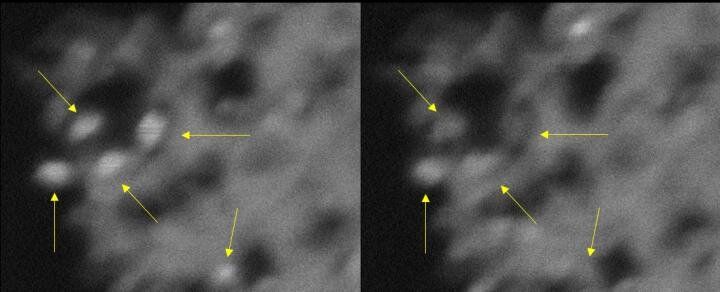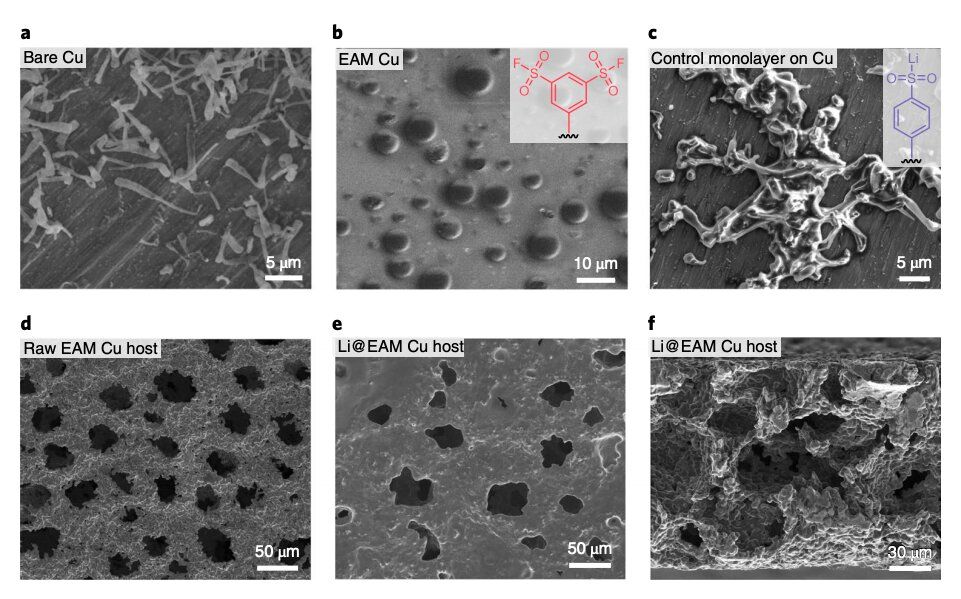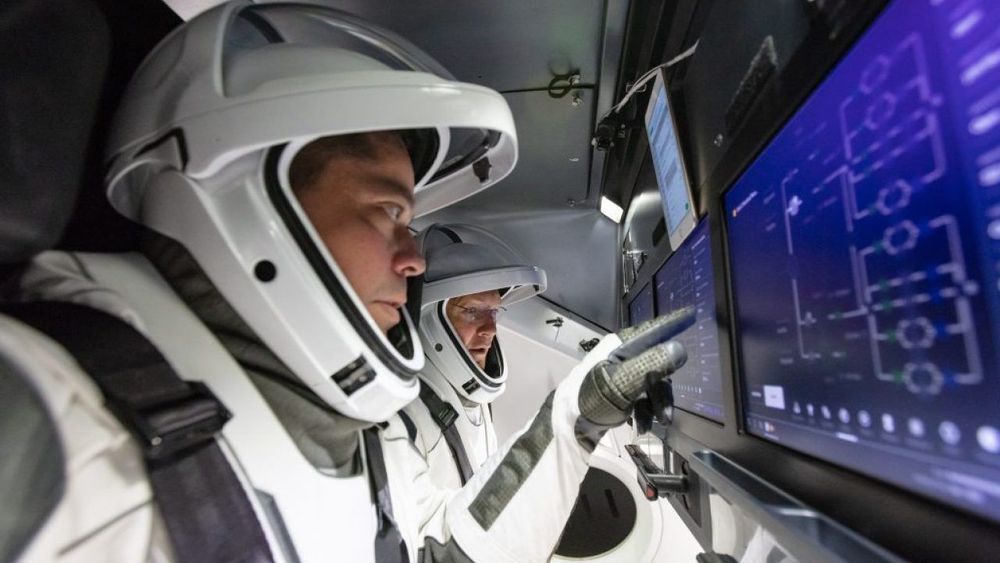NASA researchers have observed “superbolts” of lightning in Jupiter’s atmosphere, which form in clouds made of water and ammonia.


NASA researchers have observed “superbolts” of lightning in Jupiter’s atmosphere, which form in clouds made of water and ammonia.

These guys have a great idea…but In true Zuckerberg style how does one steal and supercharge the idea. With food having salmonella, people need to grow more food at home. What technology can be created that uses technology to help people in urban settings grow their own food. This will help many in a post covid world, and the food should be safer, and also may promote nutrition. nnAmerican farmers also are having trouble, and would see the loss in demand. Global food production needs to increase. Japan offered to boost the continent of Africa’s rice production through cooperation. The same cooperation needs to be done with American farmers to boost Africa’s food production. Technology would be used to partner American farmers with African village cooperatives. The farmers and cooperatives would work together and share profits. This way the American farmer has revenue coming from two markets and continents. The same model can also be used in Mexico to prevent immigration. This way American farmers would also have revenue coming from Central and South America, however people who normally would be farm workers would be partners, and make more than they would having to cross borders dangerously, to make less money. This model can both reduce poverty, as well and insure food security. The capital for investment would have to come from many sources. Crowdfunding is one that can be good as the money can be paid back with profit. This way a crowd fund investment would gain better returns than interest rates. The next of course would be USAID. A project can be developed, in which USAID provides American farmers with start up capital. They manage the project pay back the loans, while sharing profits. Agreements can be developed for certain periods of time, After which the American farmer turns the project over to the cooperatives…just thinking out of the box it is a bit crazy. The farmers would be like a new Peace Corps thing. #VillageEconomics nnPortfolio company #ApolloAgriculture was recently featured in a Forbes article highlighting their machine-learning and automated-operations technology that helps small-scale farmers access everything they need to maximize their profitability. #impactinvesting #agtech
Between 2011 and 2014, engineer and Stanford grad Eli Pollak worked in agricultural technology in the U.S. for a company called the Climate Corporation. The enterprise where he was one of the early employees (which in 2013 was acquired by Monsanto for over $1 billion) worked on providing customized recommendations to increase production of large scale commercial farmers. What caught Pollak’s eye during his tenure at the company, however, was that some countries were planting way more seeds, but producing dramatically less agricultural products than the U.S.
This prompted Pollak to team up with Climate Corporation colleague Earl St Sauver, and Benjamin Ngenga (who himself grew up on a farm) to start Apollo Agriculture, a Kenyan ag-tech company which uses machine learning and automated operations technology to help small-scale farmers access everything they need to maximize their profitability.
In late May, Apollo Agriculture raised $6 million in a Series A round. The round was led by Anthemis Exponential Ventures, with participation from Leaps by Bayer, Flourish Ventures (a venture of The Omidyar Group), Sage Hill Capital, To Ventures Food, Breyer Labs, and existing investors Accion Venture Lab and Newid Capital, among others.

Great interview with planetary scientist Isaac Smith, an expert on Mars polar science at York University in Toronto. Well worth a listen.
Three spacecraft are currently en route to Mars, but none will visit the poles. Yet Mars’ poles drive much of the Martian climate. And their understanding is key to deciphering what might have been happening on the Red planet some 3.5 billion years ago when it had lakes, deltas, rivers, and perhaps even transient oceans. I’m very pleased to welcome planetary scientist Isaac B. Smith of York University in Toronto — an expert on Mars polar science and exploration — to discuss the need for a Martian polar lander as well as a broader look at Mars science.

Imagine tiny crystals that “blink” like fireflies and can convert carbon dioxide, a key cause of climate change, into fuels.
A Rutgers-led team has created ultra-small titanium dioxide crystals that exhibit unusual “blinking” behavior and may help to produce methane and other fuels, according to a study in the journal Angewandte Chemie. The crystals, also known as nanoparticles, stay charged for a long time and could benefit efforts to develop quantum computers.
“Our findings are quite important and intriguing in a number of ways, and more research is needed to understand how these exotic crystals work and to fulfill their potential,” said senior author Tewodros (Teddy) Asefa, a professor in the Department of Chemistry and Chemical Biology in the School of Arts and Sciences at Rutgers University-New Brunswick. He’s also a professor in the Department of Chemical and Biochemical Engineering in the School of Engineering.

“We need to go to space to help us here on Earth. Satellites have played an enormous role in improving the state of the world, and will do even more”.
I’m often asked: ‘Why are you building satellites for space when there are so many problems to fix here on Earth?’ It’s a perfectly rational question. The short answer is that we need to go to space to help us here on Earth. Satellites have played an enormous role in improving the state of the world, and will do even more as an explosion of technology innovation enables large new fleets of small satellites to be deployed with radical new capabilities.
The Sustainable Development Goals (SDGs, or Global Goals), unanimously adopted at the United Nations in 2015, are a great summary of the world’s current challenges. Space is one of many important tools that can be used to help us address them. In May, the UN held a meeting on Technology Innovation and the Global Goals, and I was asked to address the role of satellites in helping the world achieve the SDGs.
The global coverage of satellites offer a unique, fact-based perspective that can help us overcome our greatest challenges. Information from these spacecraft can help us improve agricultural yields and protect habitat loss and stop deforestation. They discovered the hole in the ozone layer and their data today remains key to fighting climate change; and they’ve helped us to connect the world through internet and communication, an intangible service for millions. Satellites in space have done much for us so far and, in the future, they will offer much more.

Researchers from the Institute of Industrial Science at The University of Tokyo designed and built specialized computer hardware consisting of stacks of memory modules arranged in a 3D-spiral for artificial intelligence (AI) applications. This research may open the way for the next generation of energy-efficient AI devices.
Machine learning is a type of AI that allows computers to be trained by example data to make predictions for new instances. For example, a smart speaker algorithm like Alexa can learn to understand your voice commands, so it can understand you even when you ask for something for the first time. However, AI tends to require a great deal of electrical energy to train, which raises concerns about adding to climate change.
Now, scientists from the Institute of Industrial Science at The University of Tokyo have developed a novel design for stacking resistive random-access memory modules with oxide semiconductor (IGZO) access transistor in a three-dimensional spiral. Having on-chip nonvolatile memory placed close to the processors makes the machine learning training process much faster and more energy-efficient. This is because electrical signals have a much shorter distance to travel compared with conventional computer hardware. Stacking multiple layers of circuits is a natural step, since training the algorithm often requires many operations to be run in parallel at the same time.

The search for renewable energy sources, which include wind, solar, hydroelectric dams, geothermal, and biomass, has preoccupied scientists and policymakers alike, due to their enormous potential in the fight against climate change. A new Tel Aviv University study finds that water vapor in the atmosphere may serve as a potential renewable energy source in the future.
The research, led by Prof. Colin Price in collaboration with Prof. Hadas Saaroni and doctoral student Judi Lax, all of TAU’s Porter School of the Environment and Earth Sciences, is based on the discovery that electricity materializes in the interaction between water molecules and metal surfaces. It was published in Scientific Reports on May 6, 2020.
“We sought to capitalize on a naturally occurring phenomenon: electricity from water,” explains Prof. Price. “Electricity in thunderstorms is generated only by water in its different phases— water vapor, water droplets, and ice. Twenty minutes of cloud development is how we get from water droplets to huge electric discharges—lightning—some half a mile in length.”

To advance his vision, last week EIC launched the OPEN100 project, which Kugelmass says will provide open-source blueprints for the design, construction, and financing of a 100-megawatt nuclear reactor. He claims the reactor can be built for $300 million in less than two years, significantly decreasing the per-kilowatt cost of nuclear power.
“Nuclear power isn’t just part of the solution to addressing climate change; it is the solution,” Kugelmass said in a press release. “OPEN100 will radically change the way we deploy nuclear power plants going forward, offering a substantially less expensive and less complicated solution.”
The logic behind the idea is that the biggest barrier to the widespread use of nuclear is the cost of building reactors, which most experts would agree is a major problem for the industry. Kugelmass thinks that’s because we’ve been focused on large, overly complicated reactors that take far too long to build. His solution is to go back to tried and tested pressurized water reactors from the previous century, and bring their cost down even further through standardization and a focus on speedy construction.

Lithium (Li) batteries, or lithium metal batteries, use metallic lithium as an anode. Over the past few decades, rechargeable Li batteries have been used to power a wide variety of electronic devices, including toys, portable consumer devices and electric vehicles.
While these batteries typically achieve reliable performances at room temperature, their energy efficiency, power and cycle life tend to decrease significantly at temperatures below −10 °C. The inability to function well at low temperatures is a crucial drawback, as it greatly limits their use in regions with particularly cold climates. The main reason for this limitation is that at temperatures below −10 °C the solid-electrolyte interphase (SEI) becomes unstable and leads to what is known as the dendritic Li plating of the anode in the batteries.
A team of researchers at Pennsylvania State University and Argonne National Laboratory recently introduced a new design for Li metal batteries that could overcome this well-documented drawback. The resulting batteries, presented in a paper published in Nature Energy, were found to perform remarkably well at low temperatures compared to previously developed Li batteries.

PENSACOLA, Fla. (WKRG) — NASA confirmed on their blog that SpaceX Crew Dragon will splashdown in Pensacola Florida on Sunday, August 2, 2020.
Weather conditions according to NASA are a “Go” but Hurricane Isaias will still be monitored and evaluate any impact the storm may have on the splashdown sight.
SpaceX will monitor weather conditions until 2.5 hours before scheduled undocking when the they will proceed with departure. Splashdown is scheduled for about 1:40PM local time.